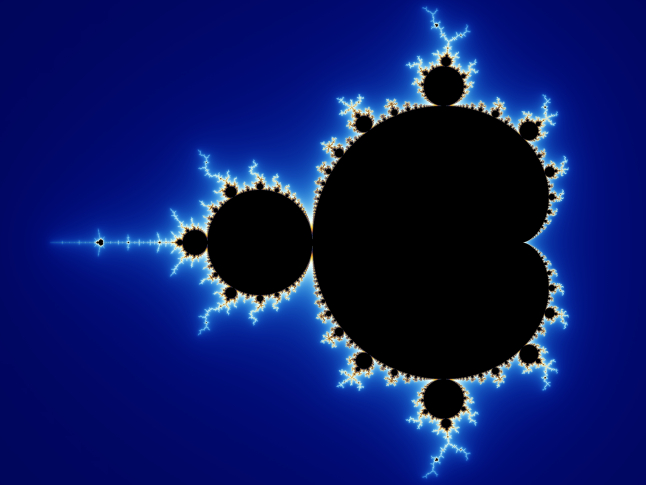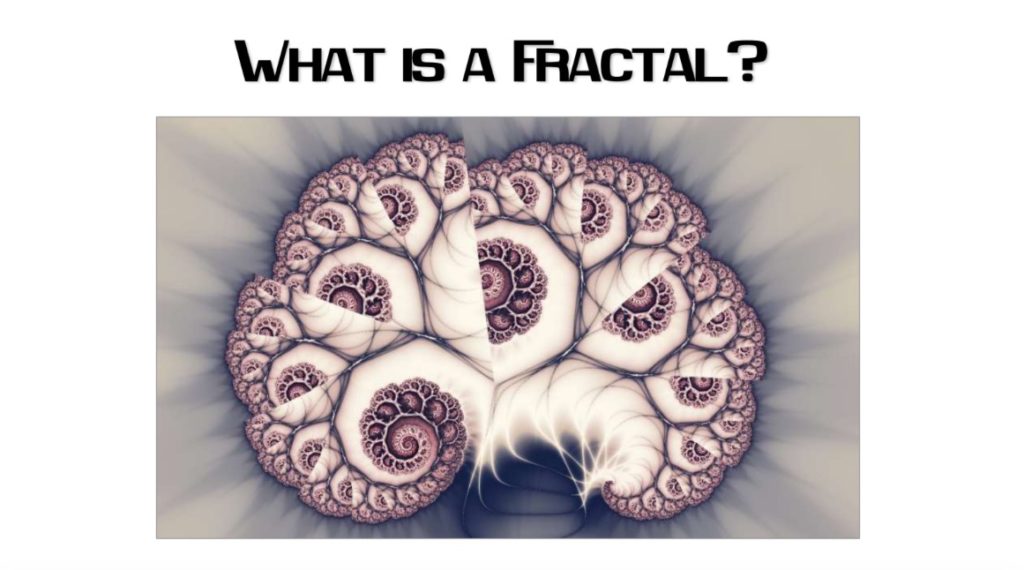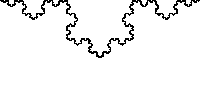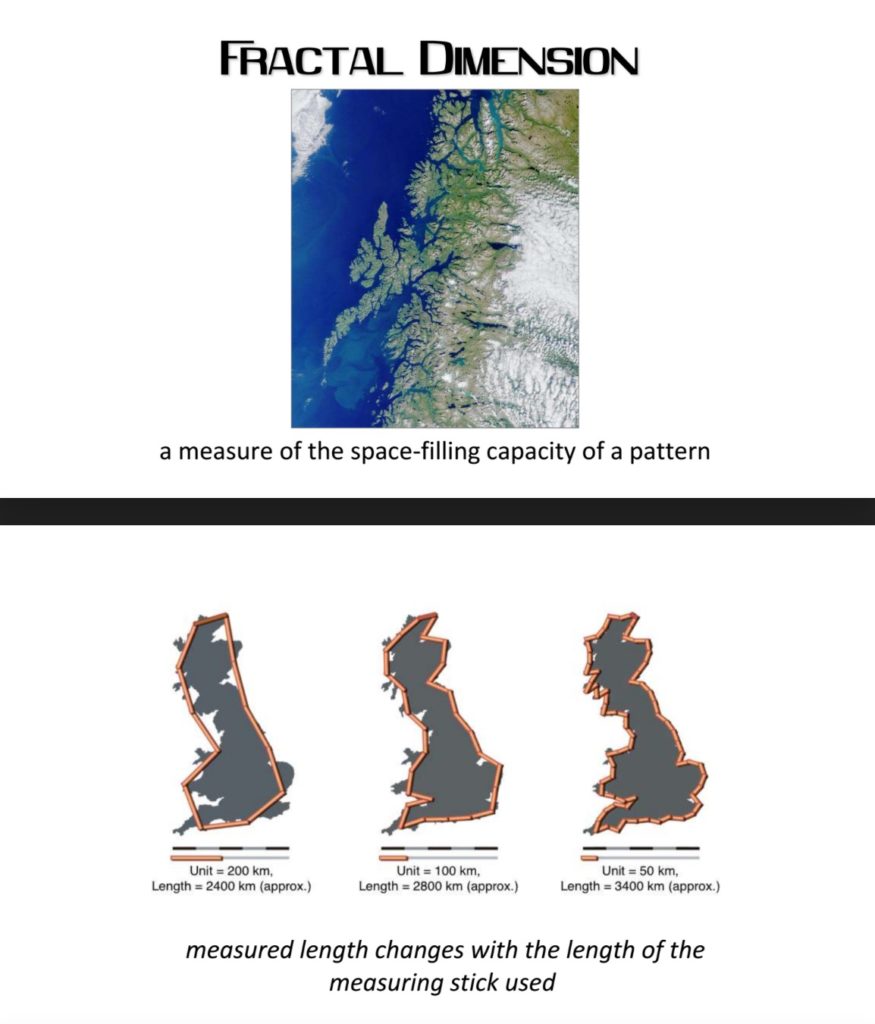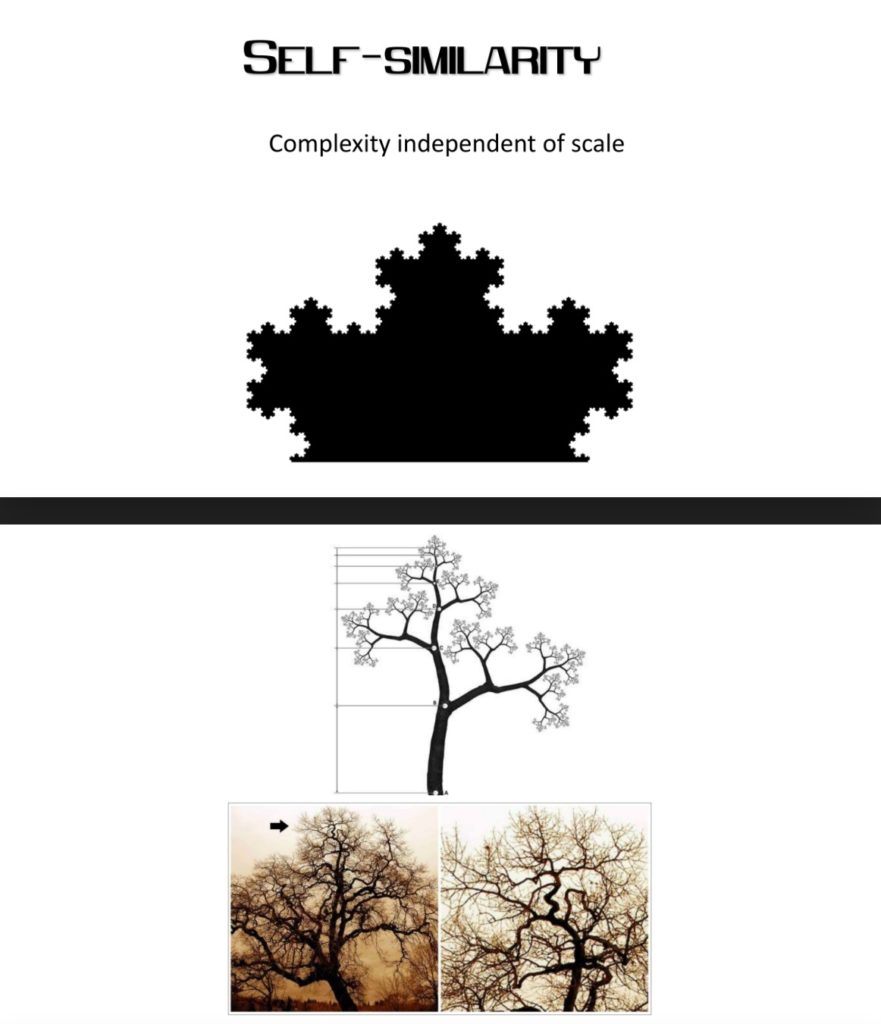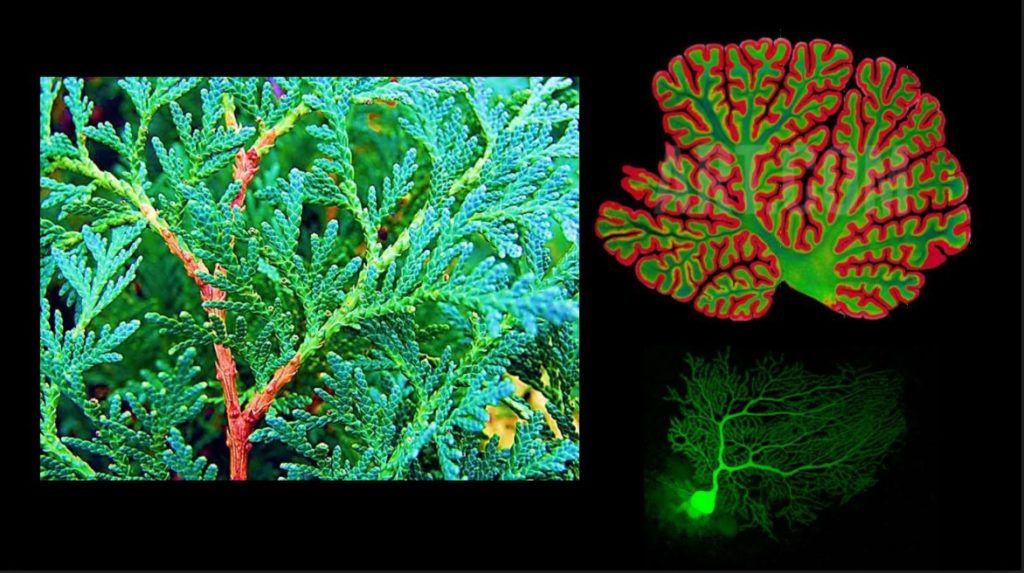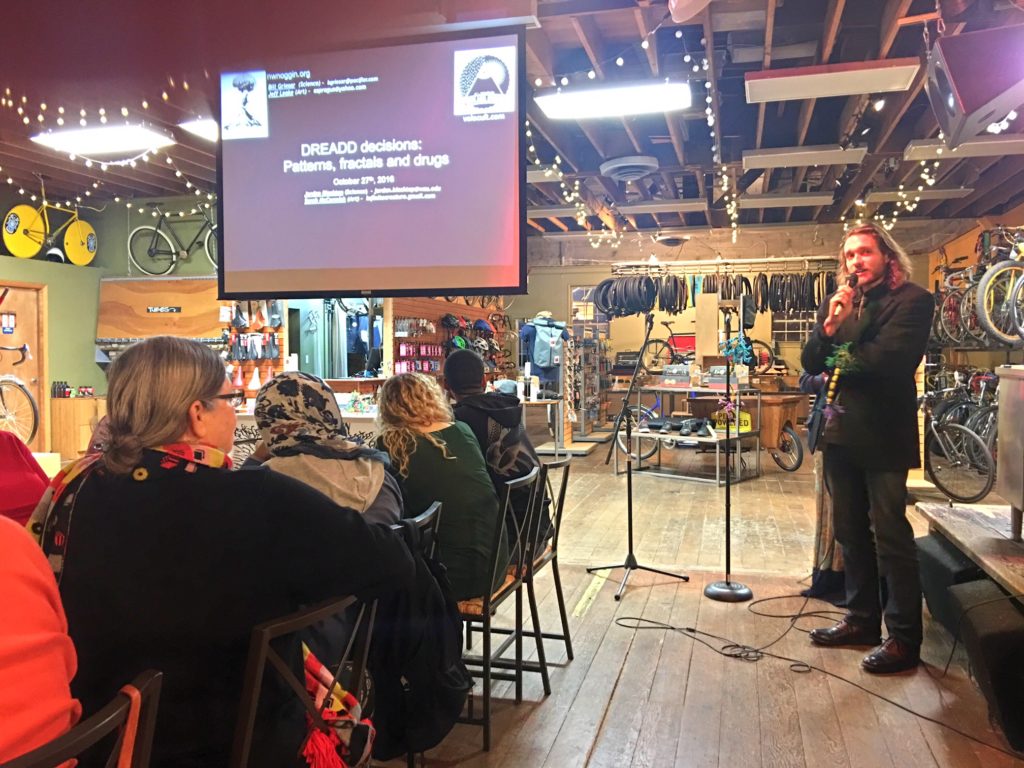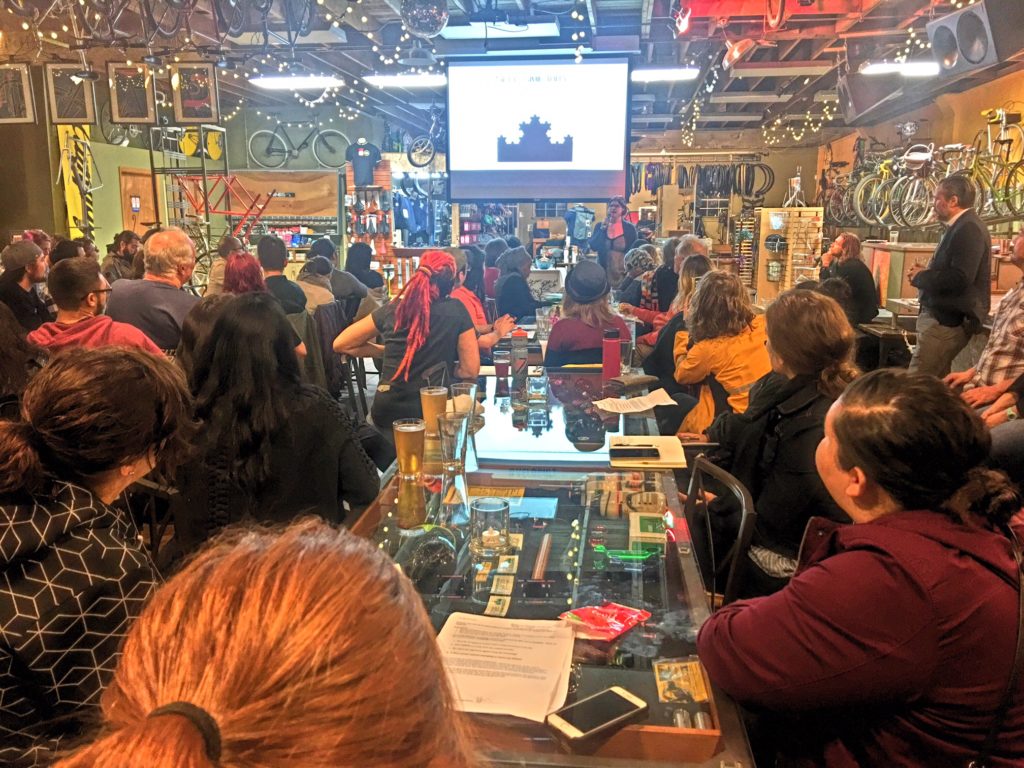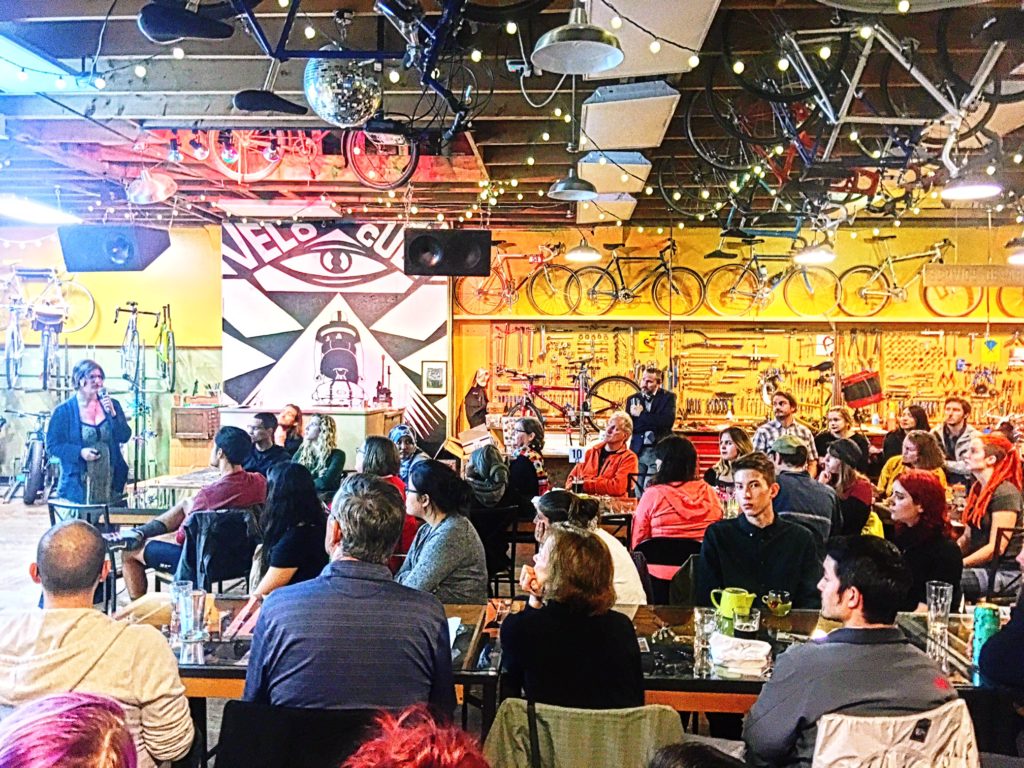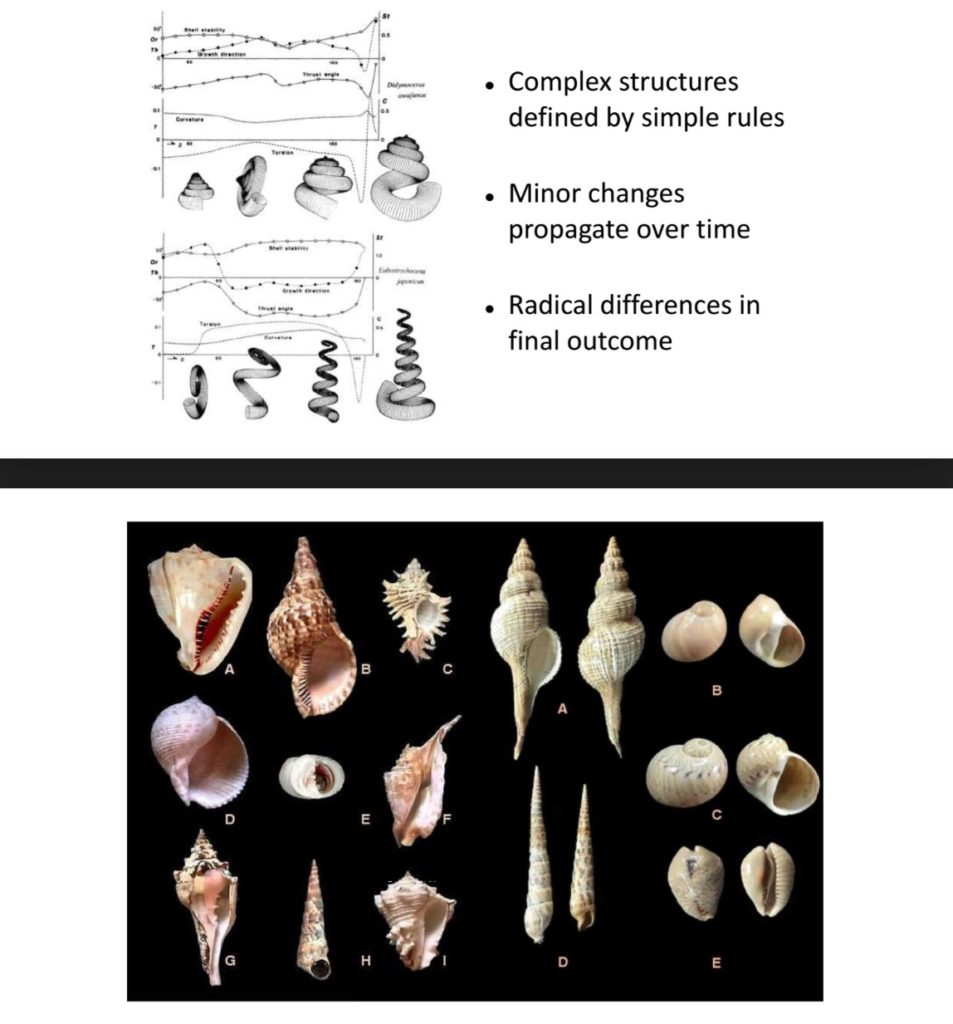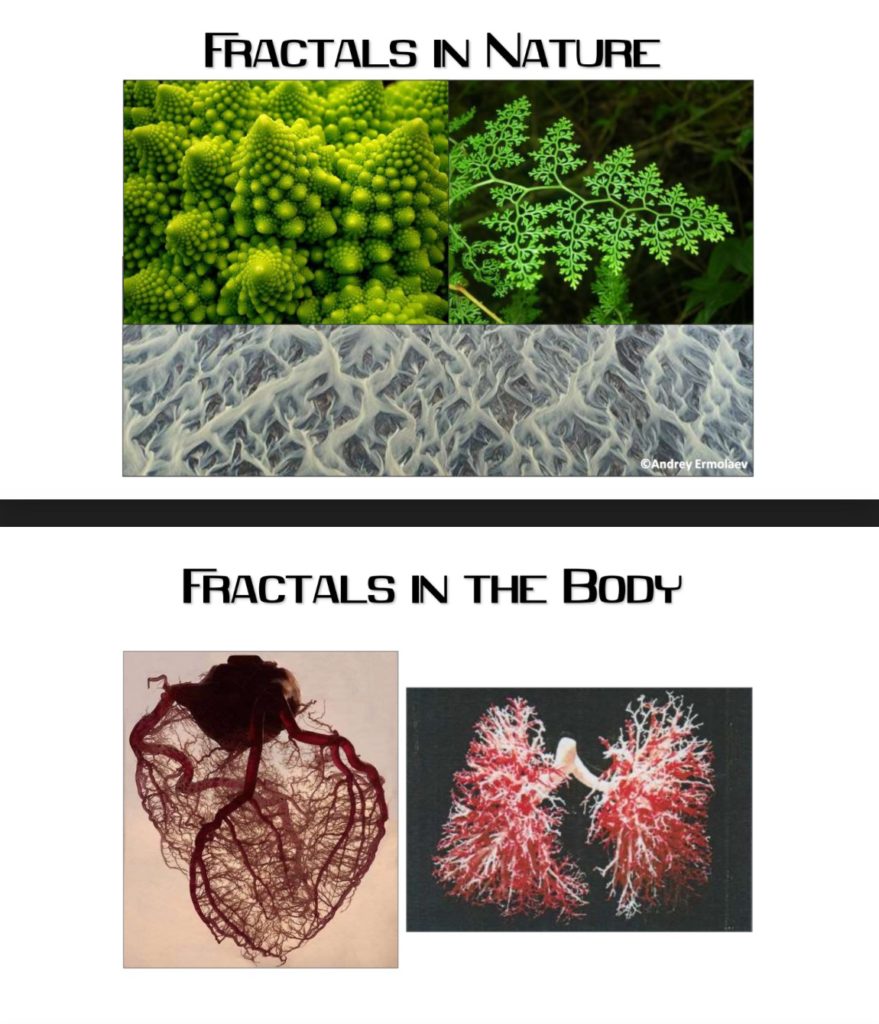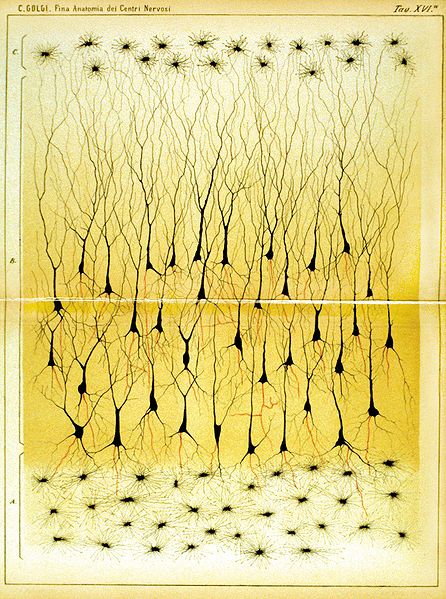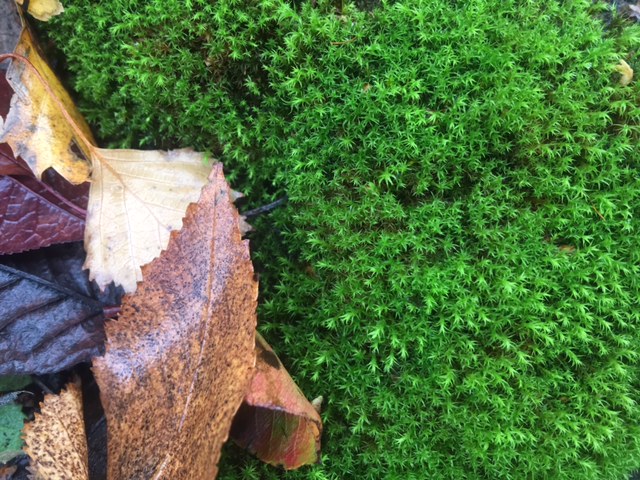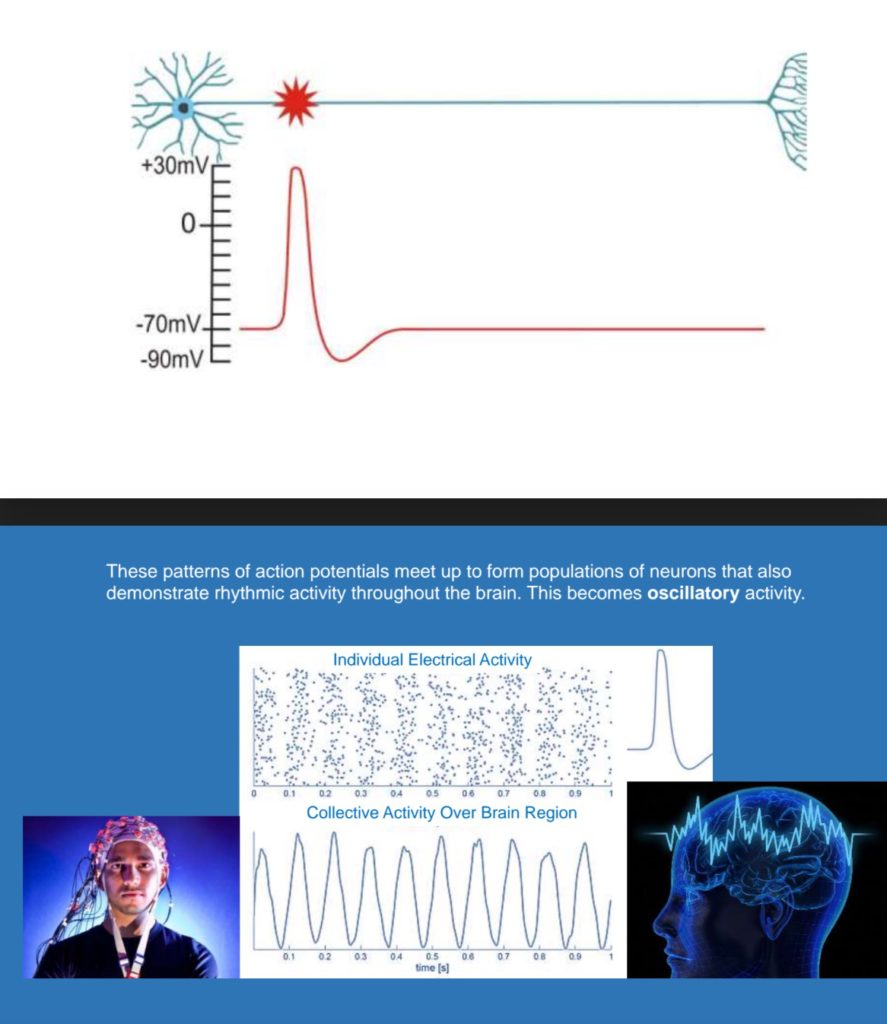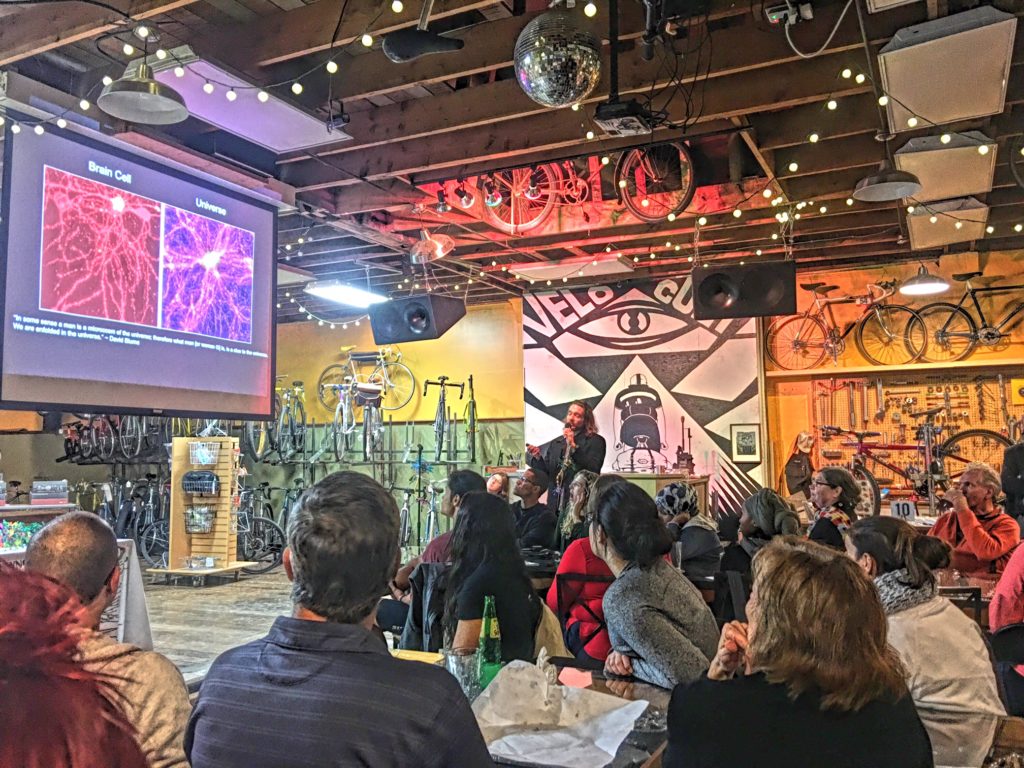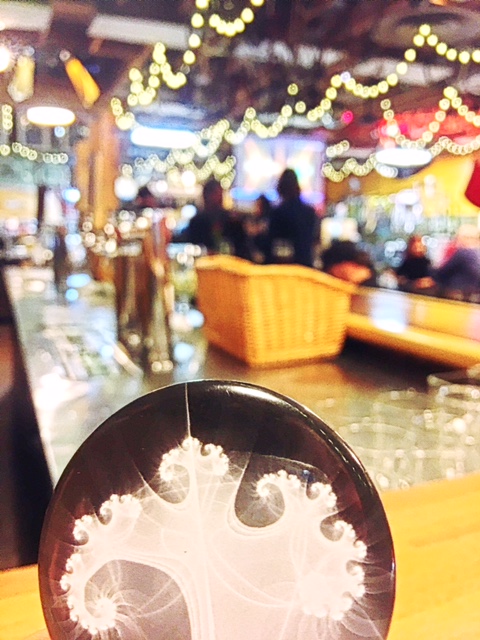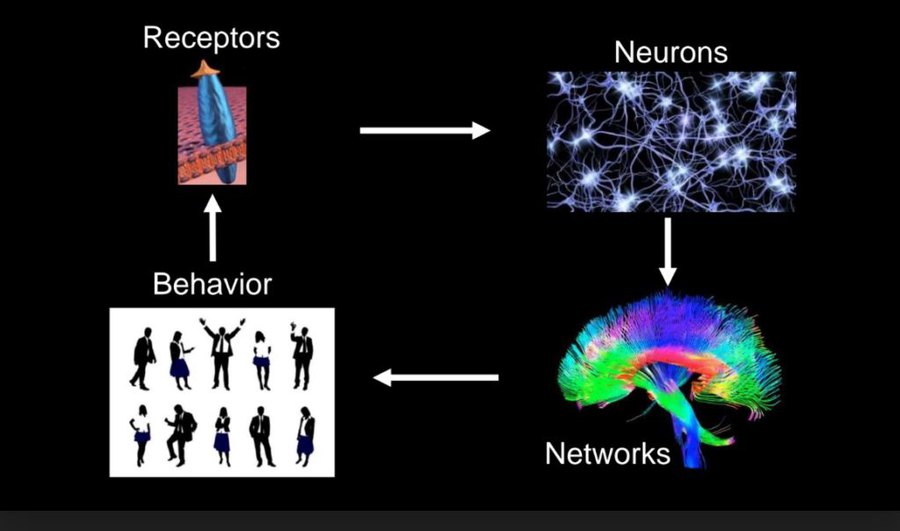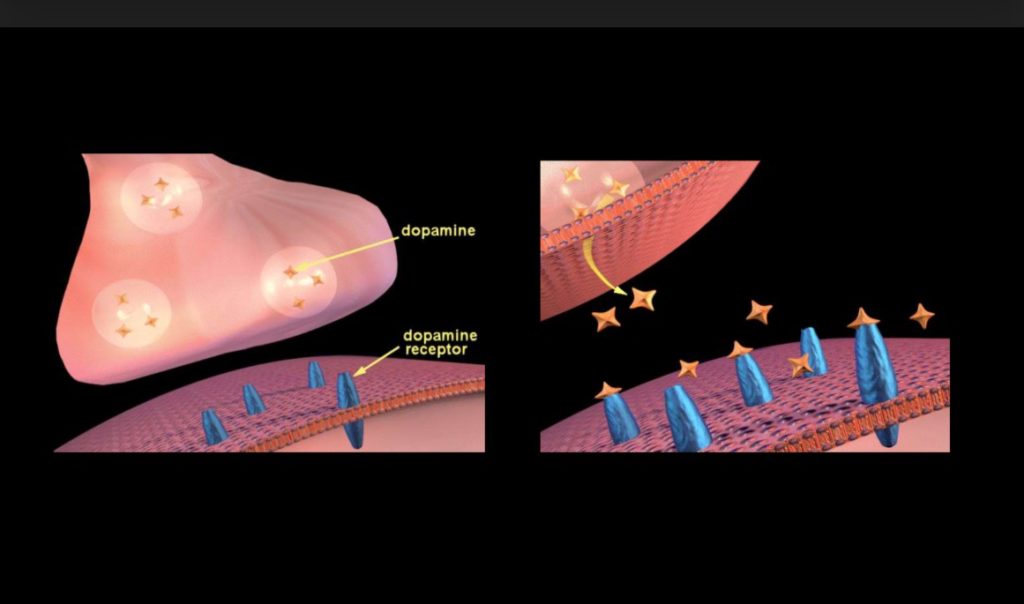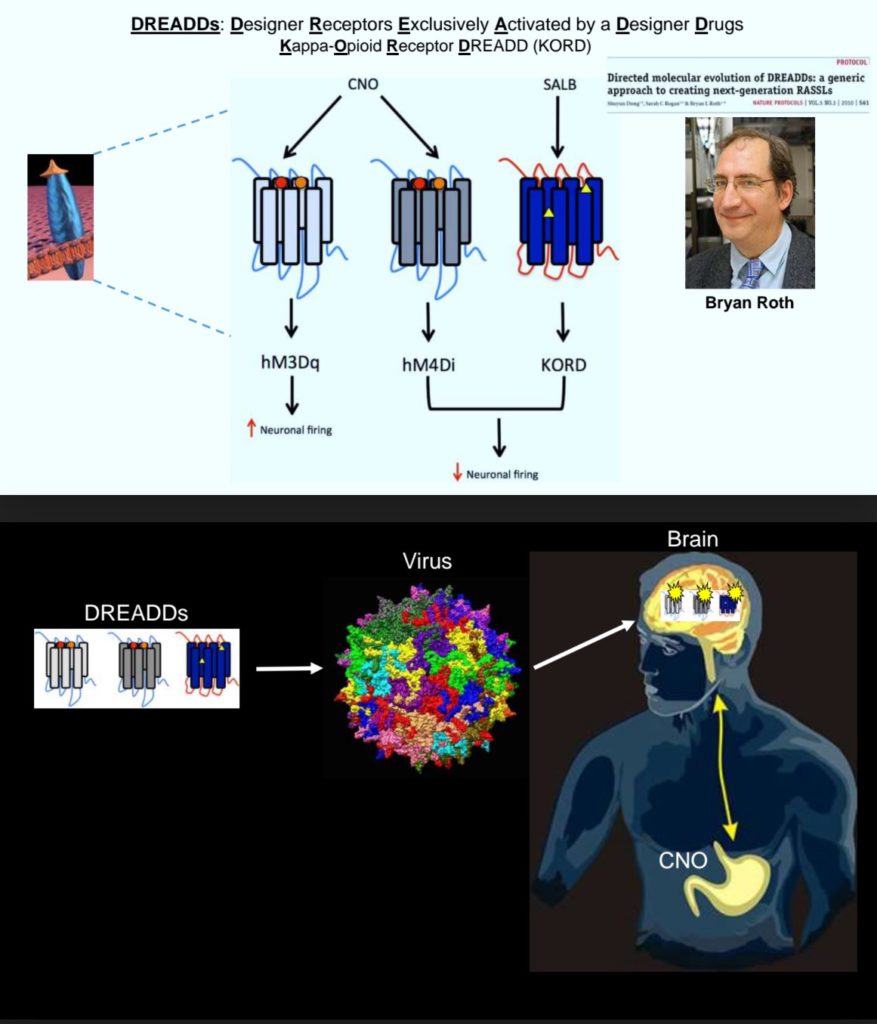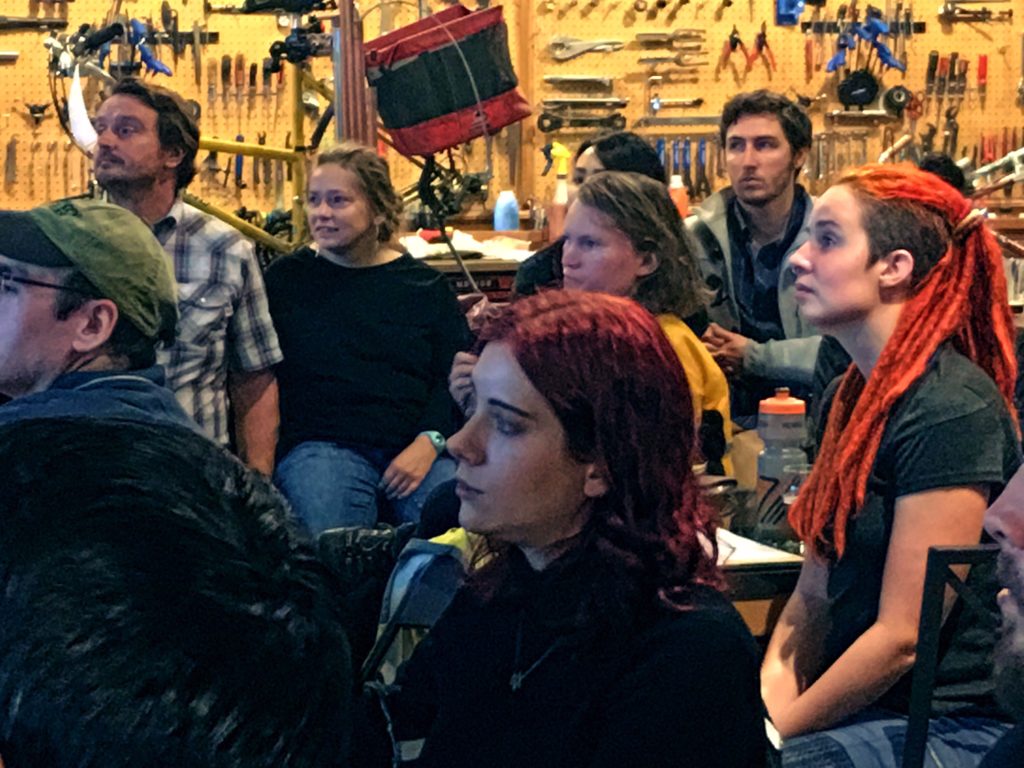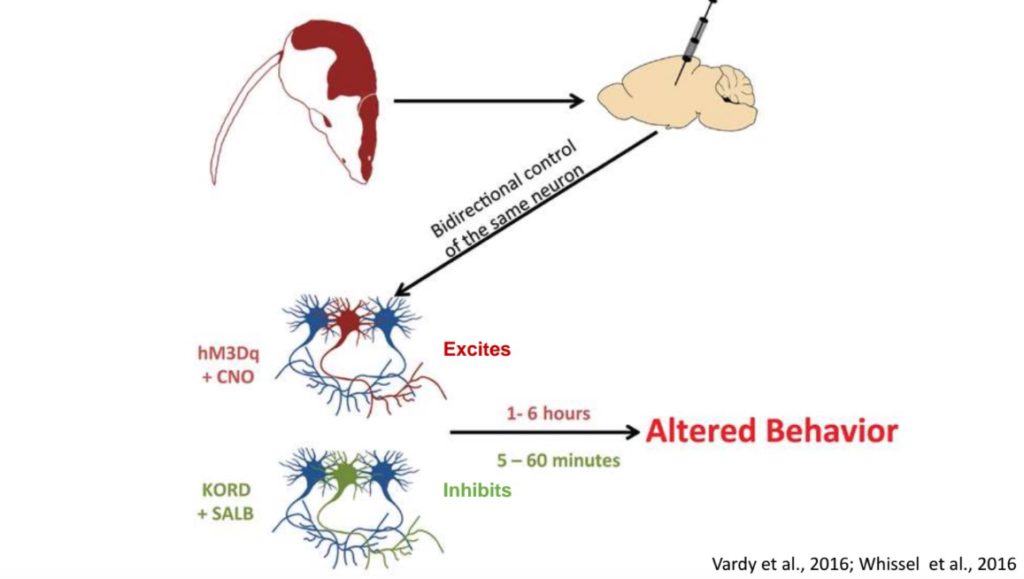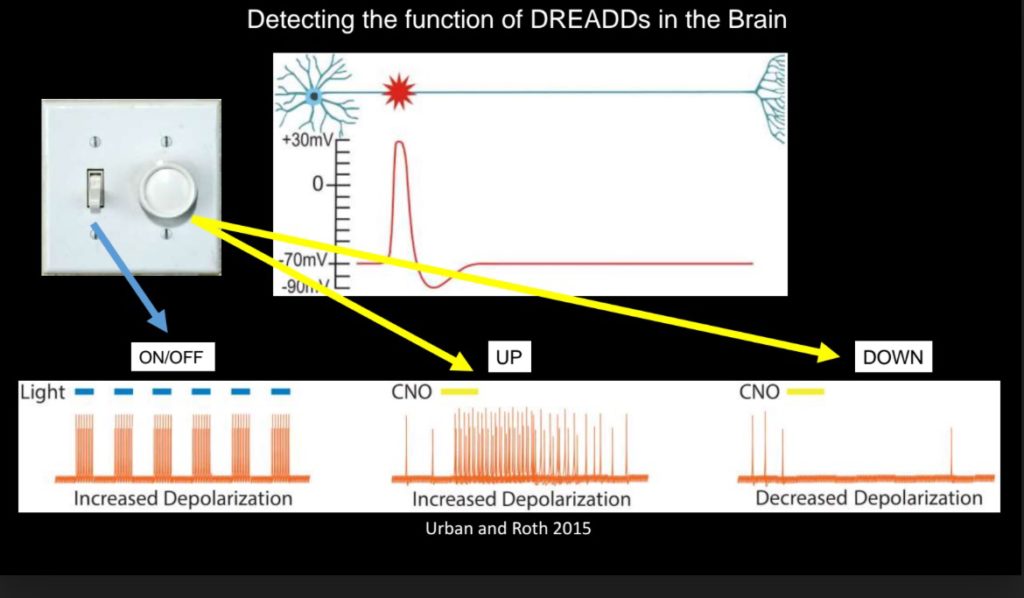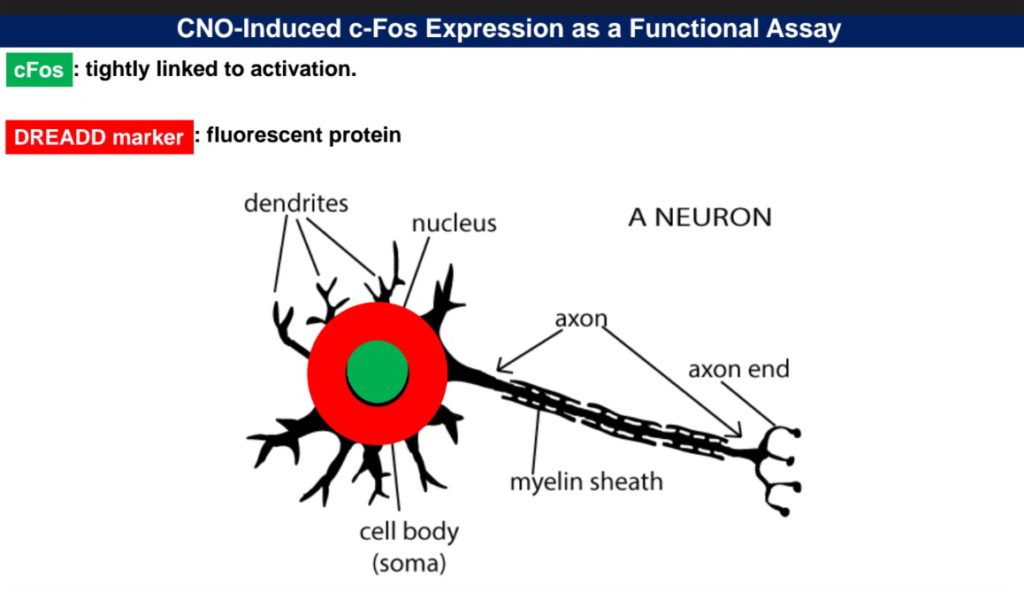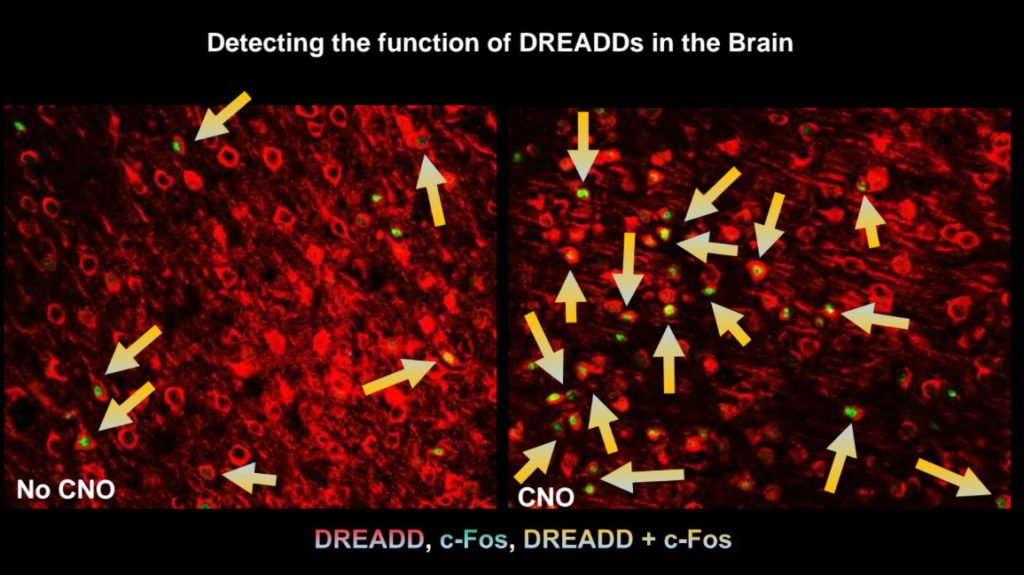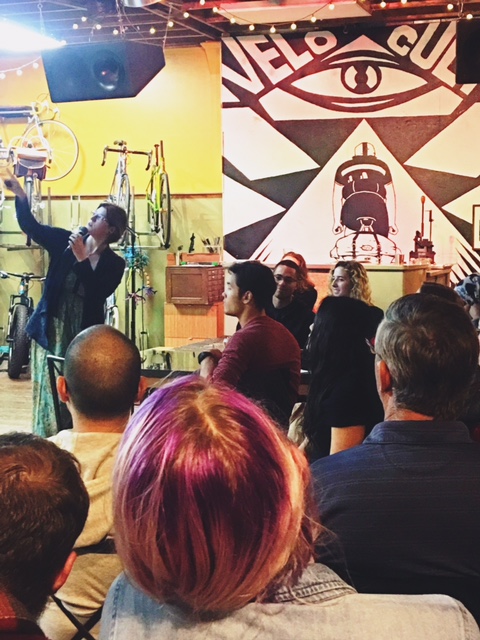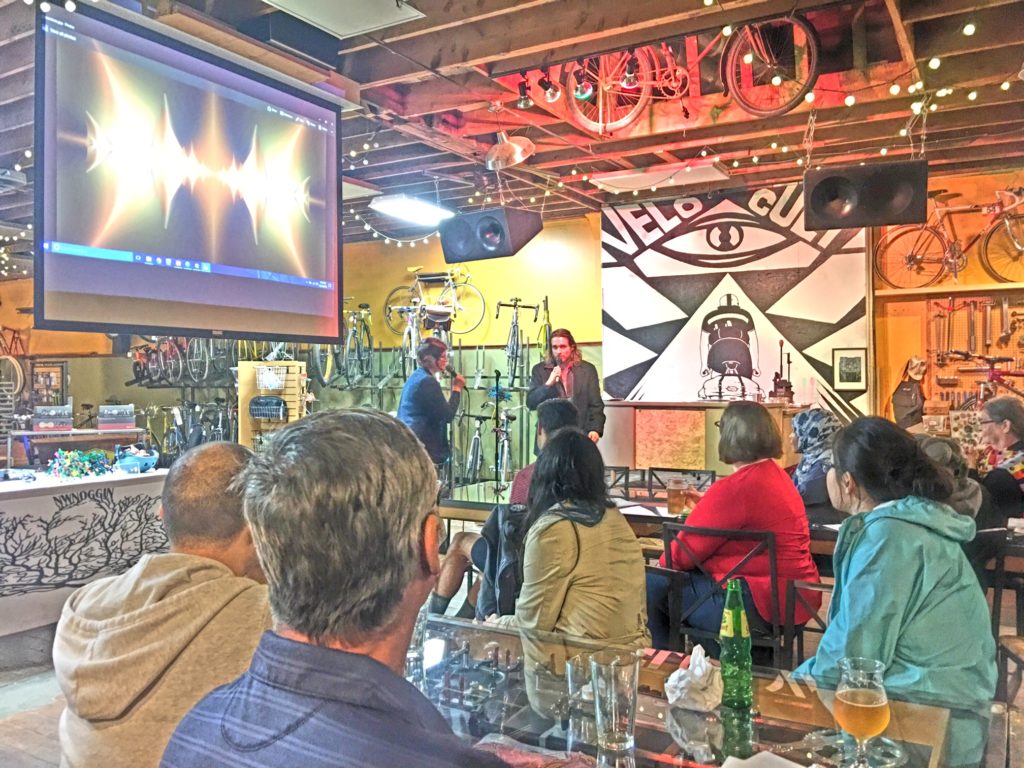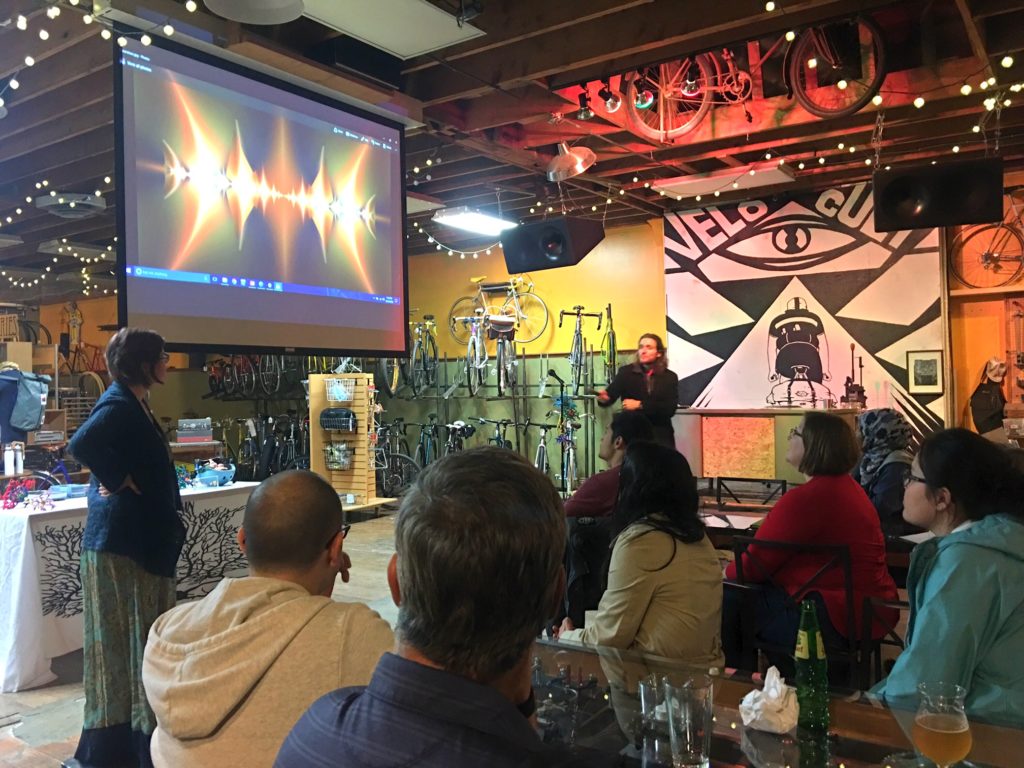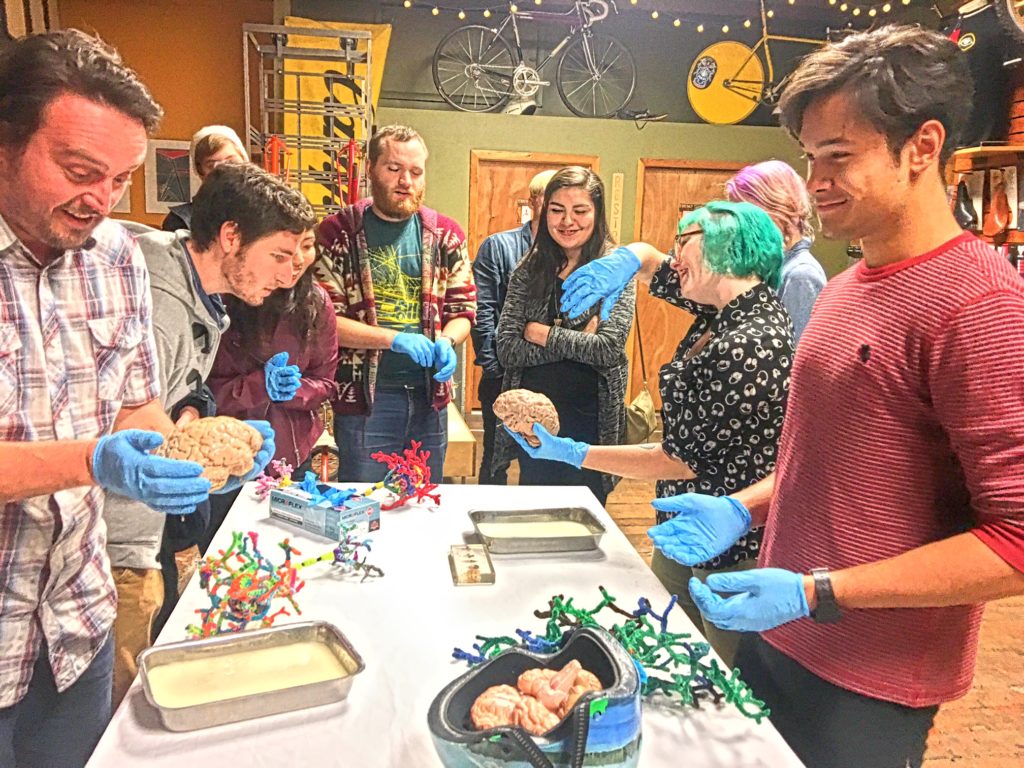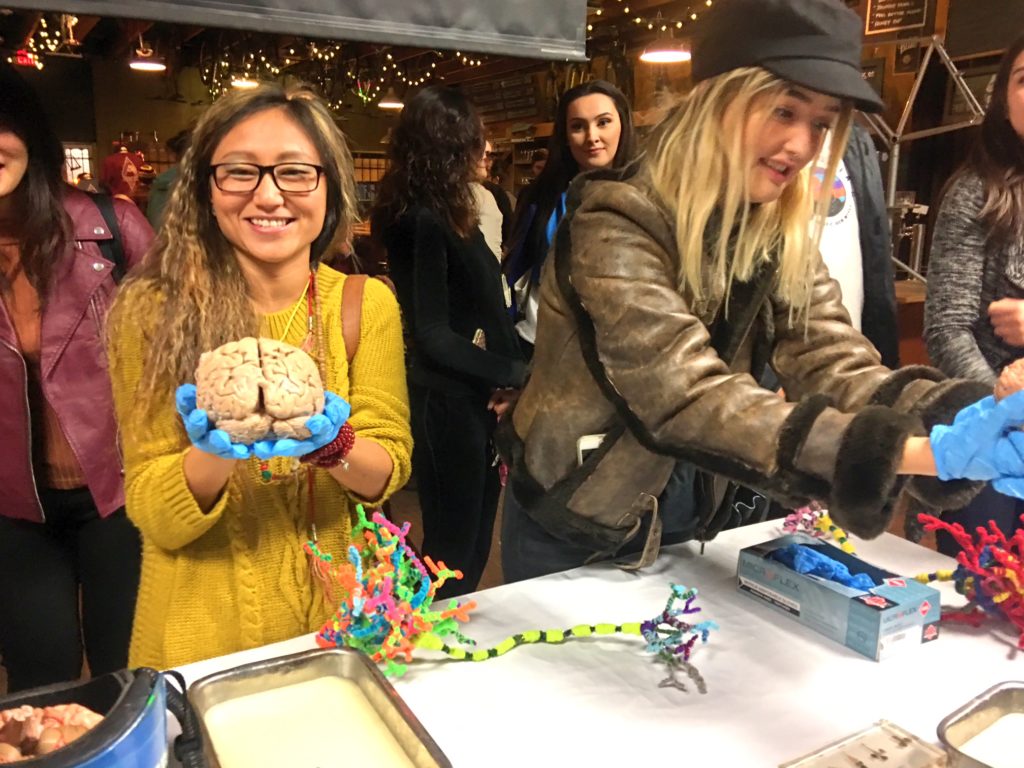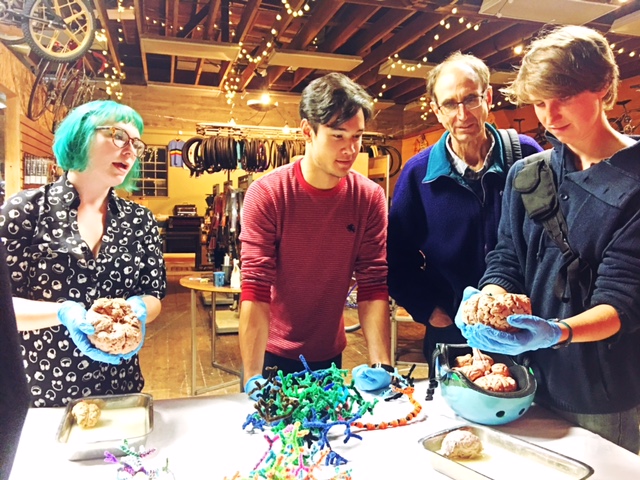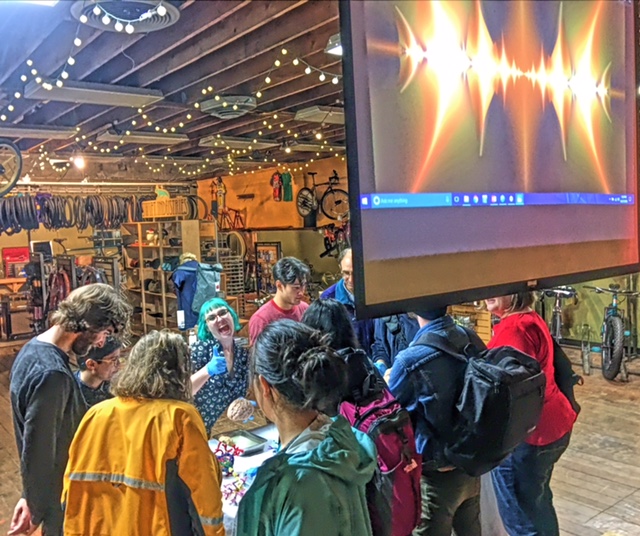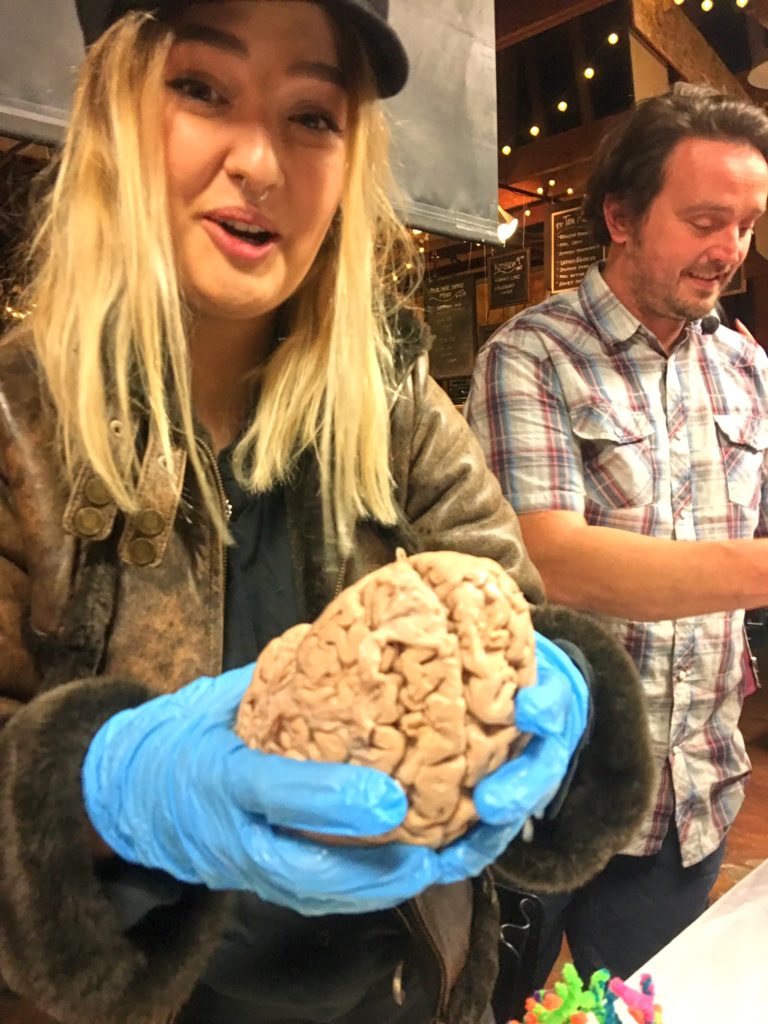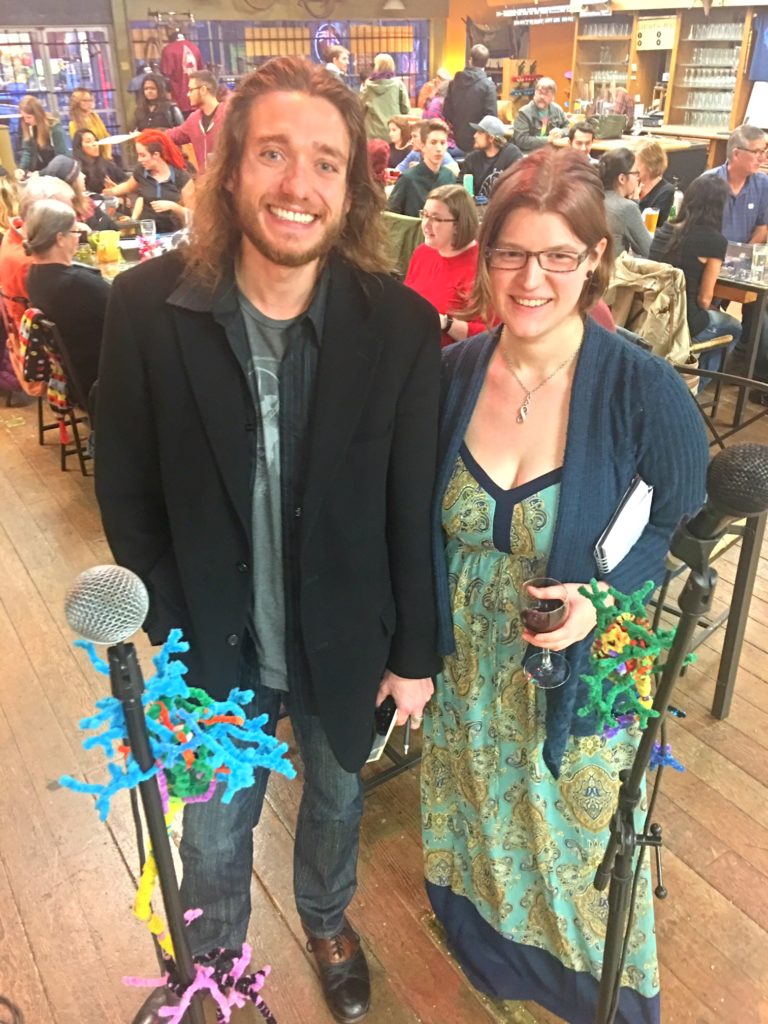“Fractal geometry is not just a chapter of mathematics, but one that helps Everyman to see the same world differently.” – Benoit Mandelbrot
A nice, crisp fall evening in Portland, Oregon…
Perfect for bicycling to Velo Cult for a pint, along with thought-provoking science and art…
Curious folks, including many from Portland State University, Washington State University Vancouver and OHSU, streamed into this unique brain-friendly bike shop and bar, ready to learn about new genetic techniques for controlling brain activity, and the compelling science and art of fractal geometry…
Fractal geometry was developed in the 1970’s by Benoit Mandelbrot, a mathematician who wrote: “Beautiful, damn hard, increasingly useful. That’s fractals.”
EXPLORE MORE: The Mandelbrot Set
What is fractal geometry? What are fractals? What do fractals have to do with neuroscience, or the brain..?
“Like the entomologist in search of colorful butterflies, my attention has chased in the gardens of the grey matter cells with delicate and elegant shapes, the mysterious butterflies of the soul, whose beating of wings may one day reveal to us the secrets of the mind.” – Ramon y Cajal
Portland artist Sara McCormick introduced fractals as a method of creating complex shapes, using an algorithm (a set of rules, or steps) that feed the product of that algorithm back into the process, so what happens with the first pass affects the expression of the next…
The geometry we studied in school, in contrast, focuses on formulas that work well for defining smooth shapes like circles, triangles, lines and planes. However, many complicated natural phenomena, including coastlines, trees, ferns, fungi – and yes, neurons – are better approximated using fractals…
A fascinating aspect of fractals is how the rules for creating these images can be simple, yet the images themselves are often exceedingly complex. Fractals are also “self-similar”; that is, they resemble themselves at many different levels of scale…
A slice through the cerebellum, noted Dr. Jordan Blacktop, a postdoctoral researcher in Barbara Sorg’s Neuroscience lab at WSU Vancouver, reveals the beautiful arbor vitae, or “tree of life.” But zoom in much closer, down to the extraordinary Purkinje cell, a critical neuronal component of the cerebellum, and you find remarkably similar structure…
EXPLORE MORE: Circuits within the Cerebellum
In addition, small changes in initial conditions can sometimes dramatically influence the resulting outcome. This is true of tweaks to algorithms that generate fractal images, and perhaps of changes to genes, or neural network activity. And if a butterfly flaps its wings in Texas, might it cause a tornado in Brazil..?
The world is made up of fractal forms, where complexity of structure is often dependent on simpler, iterative rules. Once you start looking, fractals may appear everywhere…
Golgi stained neurons…
Jordan described some fractal aspects of brain function, including the self-similarity between action potentials along single neurons and the collective action of many neurons firing simultaneously, detected as oscillatory activity through EEG electrodes attached to the scalp…
So while Sara dials up or down specific variables in algorithms, generating unique complex fractal patterns to create her strikingly beautiful art…
LEARN MORE: Mathematical Art Galleries
SHOP: Sara McCormick on Etsy
Jordan introduced a “chemogenetic” technique known as DREADDs, which neuroscientists use to dial up or down neuron activity in specific regions of the brain, sometimes dramatically altering the functioning of distributed neural networks that underlie our own behavior…
Our behavior is directly dependent on linked networks of individual brain cells called neurons, which carry information-rich messages electrically along wire-like axons, and communicate chemically, through the release of neurotransmitter, at gaps between them known as synapses…
Jordan explained how distinct networks of linked neurons are responsible for a host of perceptual and cognitive processes, including vision, memory, and motivation…
The chemical neurotransmitters that are released at a synapse are “received” by protein structures called receptors (or “receivers,” as Jordan liked to say), which are embedded in the membrane of the next neuron in the network. That receptor can act to excite or inhibit further electrical activity, depending on its structure, which is dependent on the gene that codes for its construction…
Jordan explained how scientists have now developed a technique, known as DREADDs (Designer Receptors Exclusively Activated by Designer Drugs), to deliver (by virus!) the gene for a unique new receptor to a specific set of neurons in the brain, part of a network involved in a particular behavior…
These DREADD receptors do not receive messages from neurotransmitters, but rather from drugs that are often administered through the gastrointestinal tract, which are designed to act at these new receptors, and either dial up, or dial down, the level of activity of the neurons that now express them…
A drug called CNO, for example, can be used to increase activation of a specific brain region where brain cells now express these new DREADD receptors, while another drug might inhibit or dial down the activity…
EXPLORE MORE: Souped-up remote control switches behaviors on-and-off in mice
EXPLORE MORE: DREADDs for Neuroscientists
Jordan also introduced some techniques for visualizing where DREADD receptors were now expressed in brain tissue, and which specific neurons were activated by administration of a drug that led to a measurable change in behavior. c-fos is a protein made early by brain cells that increase their electrical activity, and it can be chemically labeled (it’s green in the image below; while red represents the location of those new DREADDs)…
EXPLORE MORE: The Science of Six Pack @ Velo
EXPLORE MORE: Expression of c-fos-like protein as a marker for neuronal activity
EXPLORE MORE: The Fos promoter as a marker of neuronal activity during behaviour
Sara then invited the audience to experiment with fractals, asking them to call out numbers to insert into her algorithms that altered the evolving visual designs…
SLIDES: Velo Cult Presentation Mccormick + Blacktop
After the presentation, audience members ringed the Noggin table to enjoy Sara’s gorgeous artwork. Thanks to PSU volunteers Noah Puggarana and Brianna Jacobs, they also held and examined real human brains, which develop structurally and behave functionally in some fascinatingly fractal ways…
EXPLORE MORE: Fractals in the Nervous System: Conceptual Implications for Theoretical Neuroscience
Many thanks to Dr. Jordan Blacktop and artist Sara McCormick, and the incomparable Velo Cult for another stimulating and inspiring night of science, art, brains, bikes & beer!
Mark your calendars! Noggin returns to Velo Cult on November 30 for Balance + Stress…





